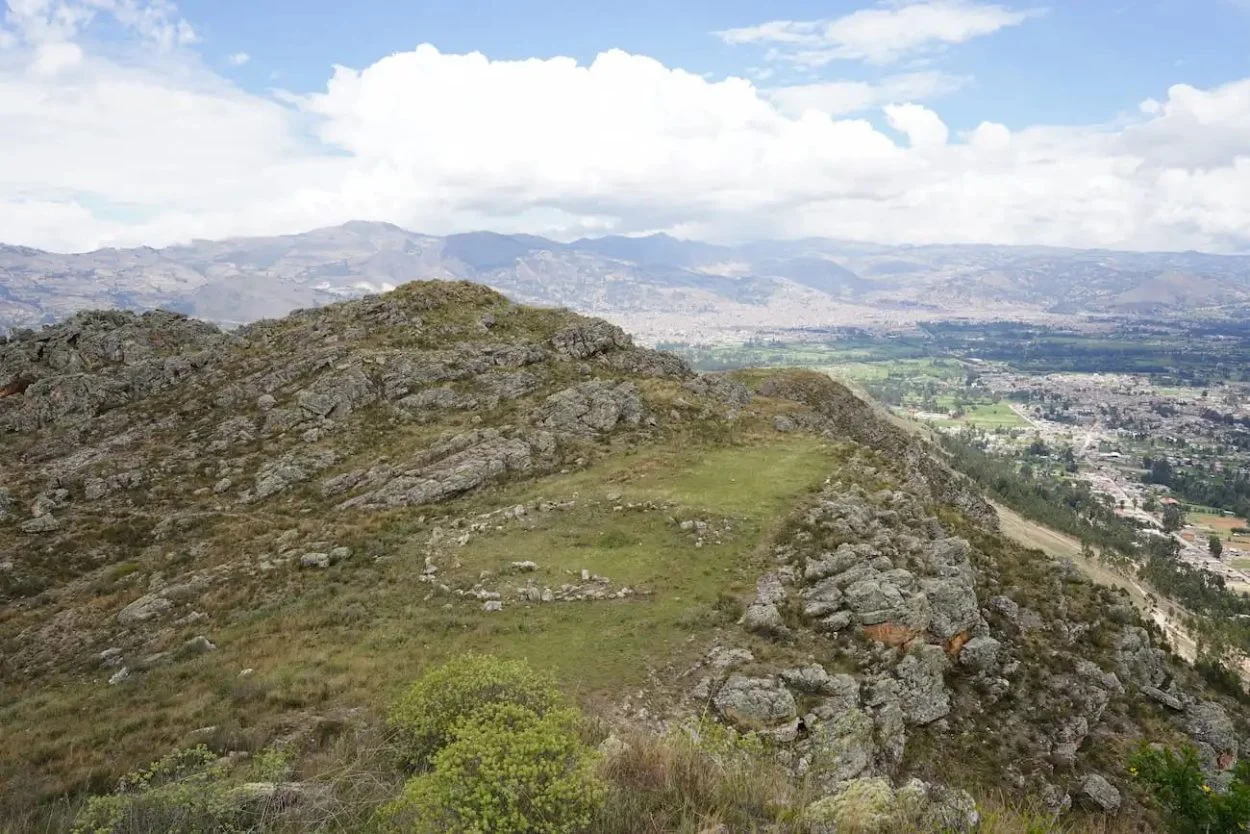Archaeologists from the University of Wyoming (UW) have uncovered a megalithic plaza in the Cajamarca Basin of northern Peru.
According to the researchers, the plaza dates from around 4,750 years ago and is one of the earliest examples of a circular plaza construction in the Andean South America.
The discovery was made at the Callacpuma archaeological site, consisting of two concentric walls of large, vertically placed megalithic stones held upright without the use of mortar.
The form and size of the construction, alongside the absence of domestic items to indicate habitation, suggests that the monument was likely ceremonial in purpose.
A study of the site, titled “A Monumental Stone Plaza at 4750 BP in the Cajamarca Valley of Peru”, is published in the peer-reviewed journal Science Advances, and states that this method of ancient Andean construction is completely new to archaeologists.
Carbon dating has indicated that the site dates from around 4,750 years ago during the Late Preceramic Period. “This structure was built approximately 100 years before the Great Pyramids of Egypt and around the same time as Stonehenge,” said Associate Professor Jason Tooley from UW.
The site continued to be used as a ritual space, at least periodically, through the Initial period and Early Horizon (evidenced by ceramic deposits).
These dates indicate that the circular plaza at Callacpuma stands as the earliest documented instance of monumental and megalithic architecture in the Cajamarca Valley, and among the earliest in ancient Peru.
“It was probably a gathering place and ceremonial location for some of the earliest people living in this part of the Cajamarca Valley,” Toohey adds. “These people were living a primarily hunting-and-gathering lifestyle and probably had only recently begun growing crops and domesticating animals.”
Header Image Credit : University of Wyoming (UW)





